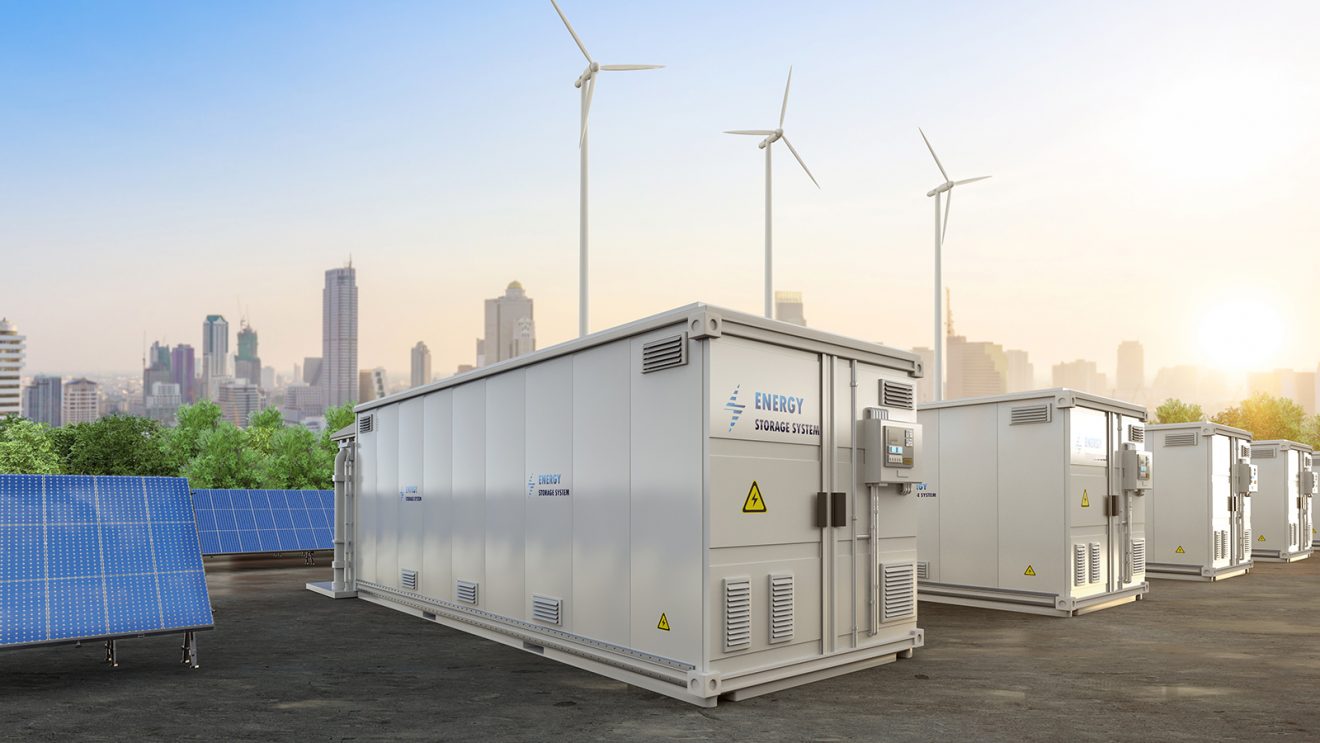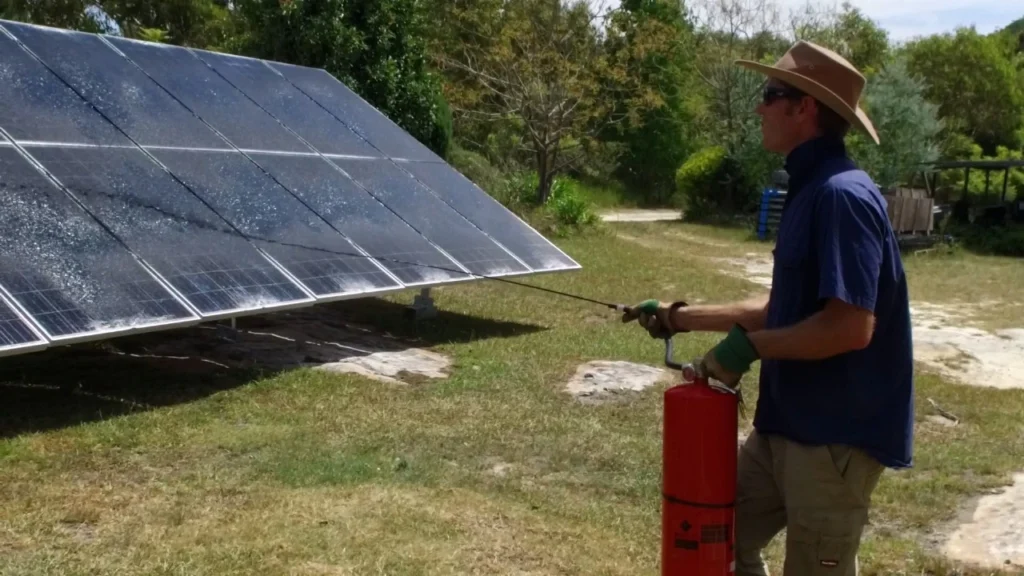1. Introduction
As the world transitions to a cleaner and more resilient energy future, battery storage has become a crucial technology for integrating renewable energy sources like solar and wind into our power grids. These systems enhance energy efficiency and long-term sustainability, but they also come with significant safety and environmental considerations. Understanding these challenges and solutions is key to ensuring battery storage remains a viable, long-term solution for energy needs.
2. Challenges and Solutions in Battery Storage
While battery storage offers numerous benefits, it is essential to acknowledge and address certain challenges to ensure its long-term sustainability and safety.
2.1 Environmental and Safety Concerns
The environmental footprint of battery storage systems stems from raw material extraction, manufacturing processes, and end-of-life disposal. Most lithium-ion batteries, the dominant technology in energy storage, require mining materials such as lithium, cobalt, and nickel. These mining operations often lead to habitat destruction, water contamination, and human rights concerns in resource-rich regions. Additionally, improper disposal of used batteries can result in soil and water pollution due to the leakage of toxic chemicals.
Safety is another crucial factor. Battery storage systems pose risks, including thermal runaway, fire hazards, and potential explosions. Overcharging, manufacturing defects, and exposure to high temperatures can trigger dangerous failures in lithium-ion batteries. These concerns necessitate strict safety standards, rigorous quality control, and the development of more stable battery chemistries.
2.2 Solutions and Innovations for a Sustainable Future
Despite these challenges, continuous innovation and industry advancements are driving battery storage towards a more sustainable and safe future.
- Responsible Sourcing of Materials: Certification programs such as the Responsible Cobalt Initiative and the Responsible Minerals Initiative promote ethical sourcing of materials. These programs ensure compliance with responsible mining practices, labor rights, and environmental protections, reassuring consumers that batteries are produced ethically. Transparency in supply chains, facilitated by blockchain and digital tracking systems, enables traceability of raw materials and helps mitigate social and environmental risks.
- Recycling Initiatives and Circular Economy: Advances in battery recycling technologies, such as hydrometallurgical and pyrometallurgical methods, enable the recovery of valuable materials like lithium, cobalt, and nickel from spent batteries. Innovations in mechanical shredding and separation further enhance the efficiency of recycling operations, making them more scalable and economically viable. Embracing a circular economy approach helps maximise resource recovery and minimise waste. Designing batteries for recyclability and integrating recycled materials into new production reduce reliance on raw material extraction.
- Second-Life Applications: Retired batteries from electric vehicles and stationary storage systems still retain significant energy capacity. They can be repurposed for off-grid energy storage, grid stabilisation, and backup power systems. Deploying second-life batteries for renewable energy integration enhances grid reliability while reducing the need for new battery production. These applications also help alleviate environmental concerns associated with battery disposal.
- Enhanced Safety Measures: Improved battery management systems (BMS), sensors, and predictive analytics help monitor and prevent safety hazards such as overheating and overcharging. AI-driven fault detection and machine learning algorithms can optimise battery performance while minimising risks.
3. Future Outlook
The future of battery storage depends on advancements in safety technologies, artificial intelligence (AI), and regulatory policies.
3.1 Enhancing Safety Through Technology
Improved battery management systems (BMS), sensors, and predictive analytics will enhance monitoring and control, reducing risks like thermal runaway. AI-driven fault detection and machine learning algorithms can optimise battery performance while minimising safety concerns.
3.2 Strengthening Sustainability Measures
The transition to a circular economy is vital for reducing environmental impacts. Manufacturers are focusing on designing batteries for recyclability and using recycled materials in new battery production. Government incentives and stringent regulations will further encourage the adoption of sustainable practices.
3.3 Policy and Stakeholder Collaboration
Governments and regulatory bodies play a key role in shaping the future of battery storage. Strengthened safety standards, emissions regulations, and incentives for sustainable battery production will drive industry-wide improvements. Collaboration between policymakers, industry leaders, and researchers will accelerate clean energy adoption while ensuring safety and sustainability.
4. Conclusion
Battery storage is an indispensable part of the renewable energy transition, but its environmental and safety challenges must be addressed proactively. By adopting responsible sourcing practices, improving recycling capabilities, repurposing second-life batteries, and investing in technological innovation, we can create a more sustainable and resilient energy system. A collaborative approach among stakeholders—governments, businesses, and consumers—will be essential in achieving a greener, safer, and more efficient energy future.




